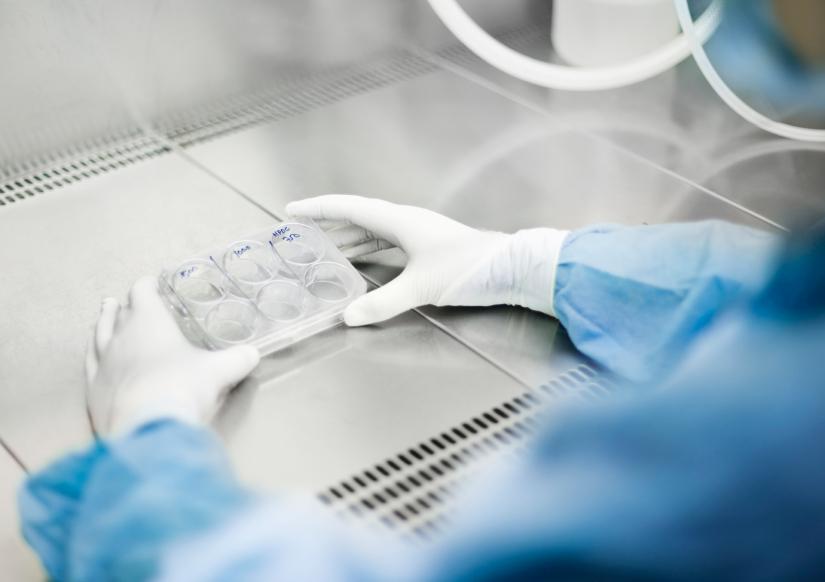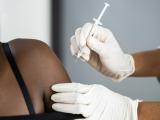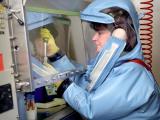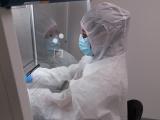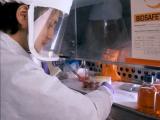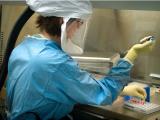The US Centers for Disease Control and Prevention (CDC) said some lab employees initially identified at risk from possible anthrax exposure can discontinue antibiotic treatment and vaccination, according to a Jun 30 statement posted today on the CDC site.
Scaled-back measures for some of the workers are the result of the CDC's ongoing investigation into possible exposure at some of its labs due to a lapse in safety protocols that may have exposed some workers to Bacillus anthracis, the bacterium that causes anthrax.
Early in its response the CDC targeted about 75 employees for monitoring and prophylactic treatment, then expanded the number to 84 people. In its new statement the agency said it took broad action out of an abundance of caution, while taking steps to better determine employee risks by administering a detailed epidemiologic questionnaire about their whereabouts and work during the time of the potential exposure, from Jun 6 to Jun 13.
Reassuring results so far
In the meantime, the CDC's tests on surfaces in the affected areas were negative for B anthracis, and further investigation of the procedure used to treat B anthracis before it was transferred from the high-containment lab to a lower security lab have been reassuring, the CDC said.
It added that the tests suggest that it is extremely likely, though not impossible, that viable anthrax pathogens were transferred between the labs.
As a result of the ongoing investigations, the CDC said it has identified 62 employees in two potential risk groups: those possibly exposed to aerosols in the affected lab (29) and those who weren't, but were in or near the lab (33).
The agency's occupational health clinic is having individual meetings employees in both groups to discuss the pros and cons of continuing postexposure prophylaxis, and the 29 in the possible aerosol exposure group are being advised to continue taking antibiotics out of an abundance of caution.
Some employees who visited the clinic were not found to be affected by the incident and aren't included in either group.
Internal investigation
The CDC also said in its release that Harold Jaffee, MD, MA, its associate director for science, is leading an internal investigation about the incident and will deliver a report in early July to CDC Director Tom Frieden, MD, MPH.
The agency said it has reported the incident to federal authorities and is conducting an independent investigation. Based on the findings, the CDC said it will take appropriate actions in the individual lab and other labs that handle dangerous pathogens, and will consider broader implications for lab safety.
See also:
Jun 30 CDC press release
